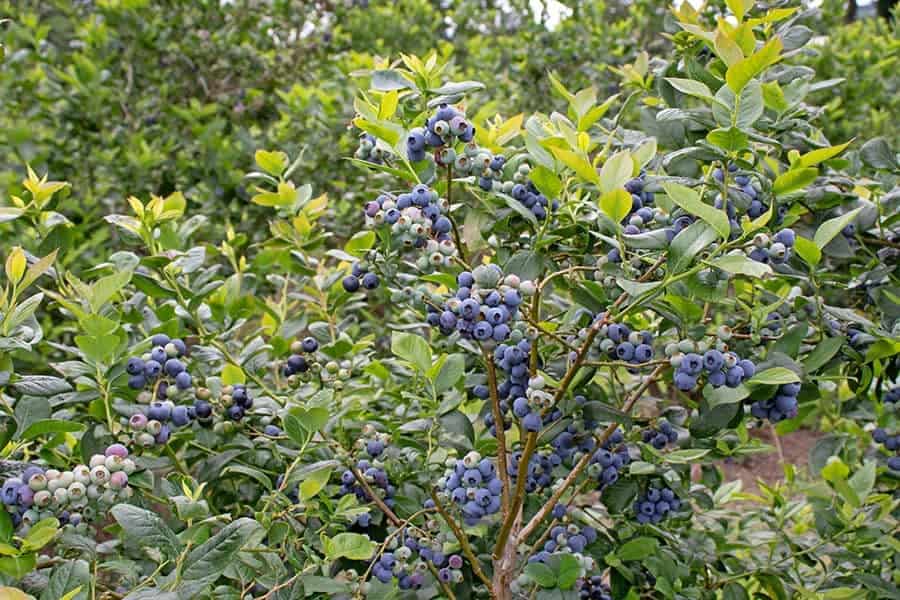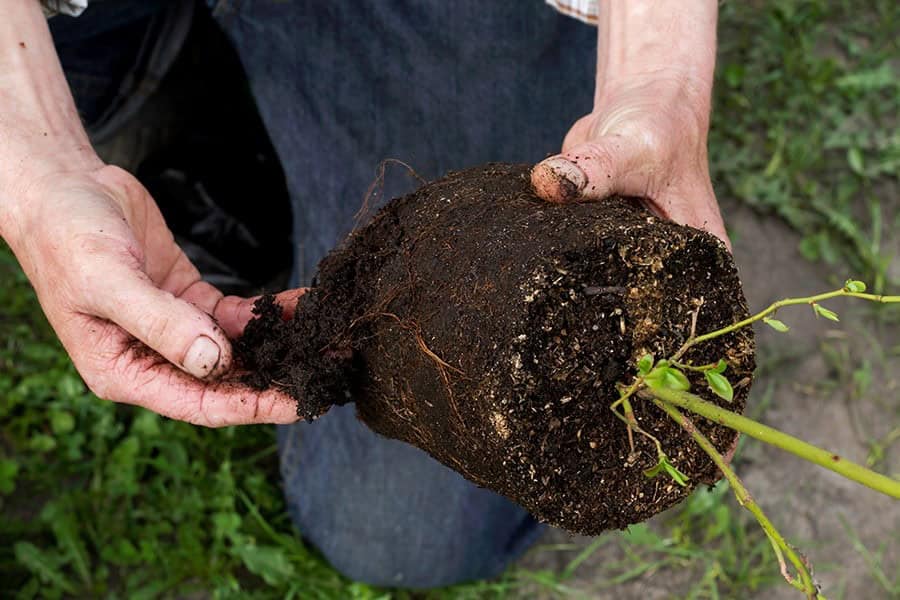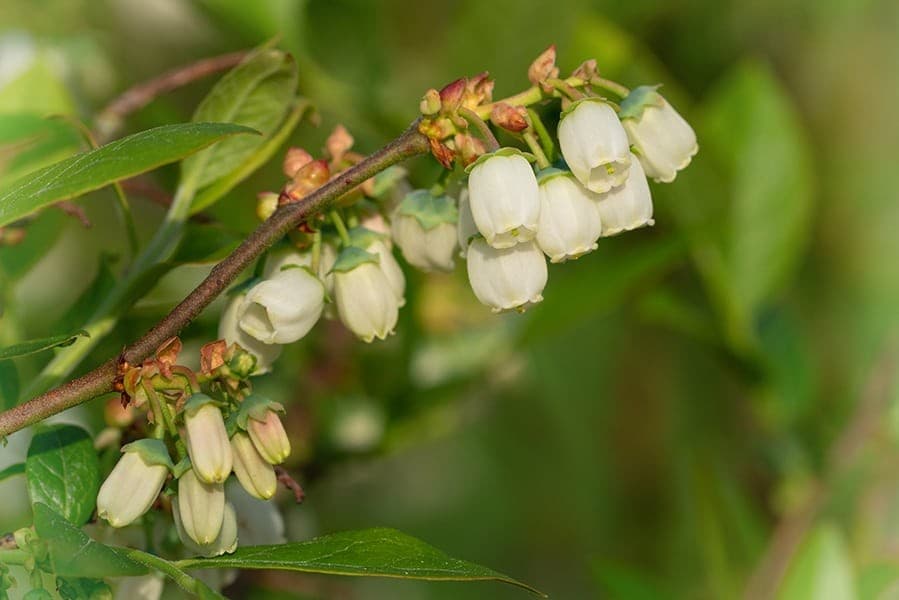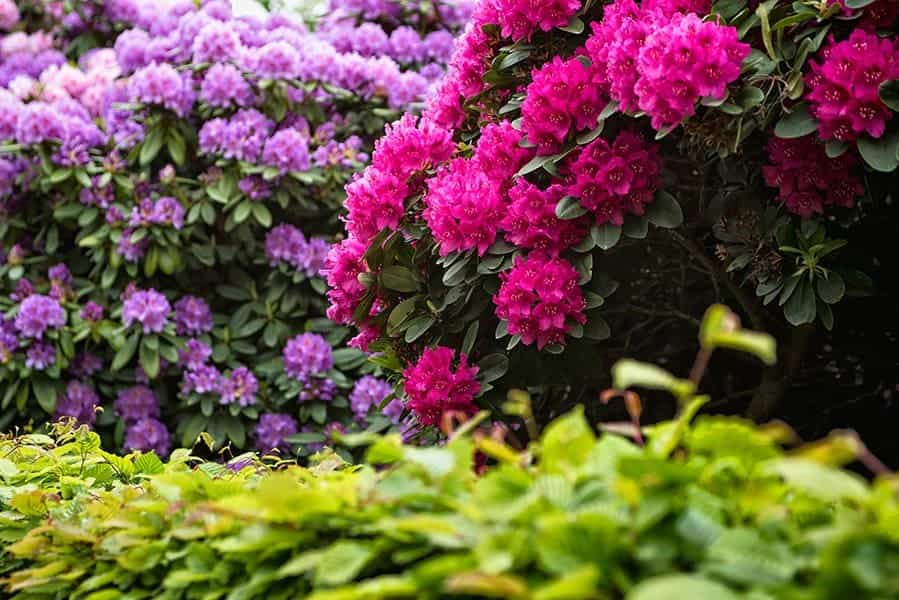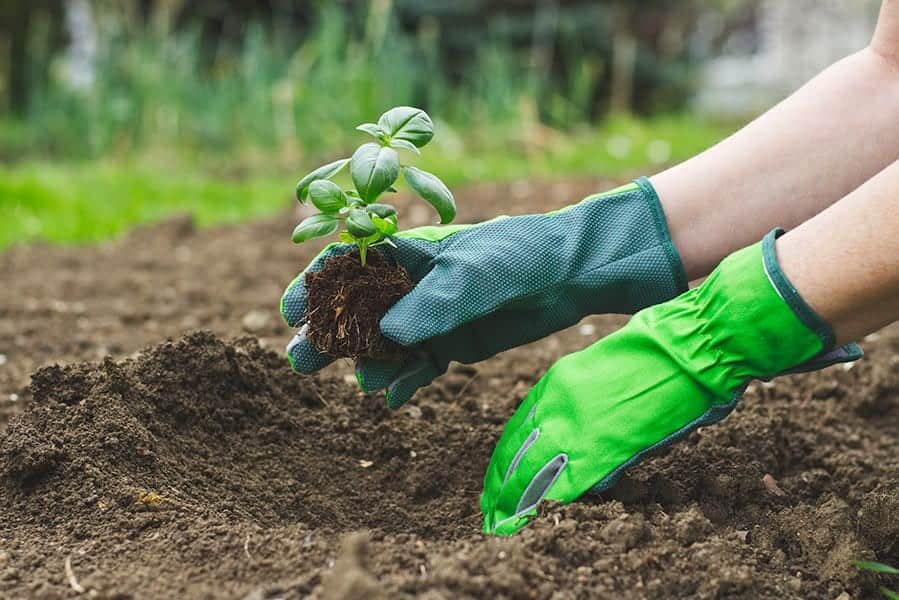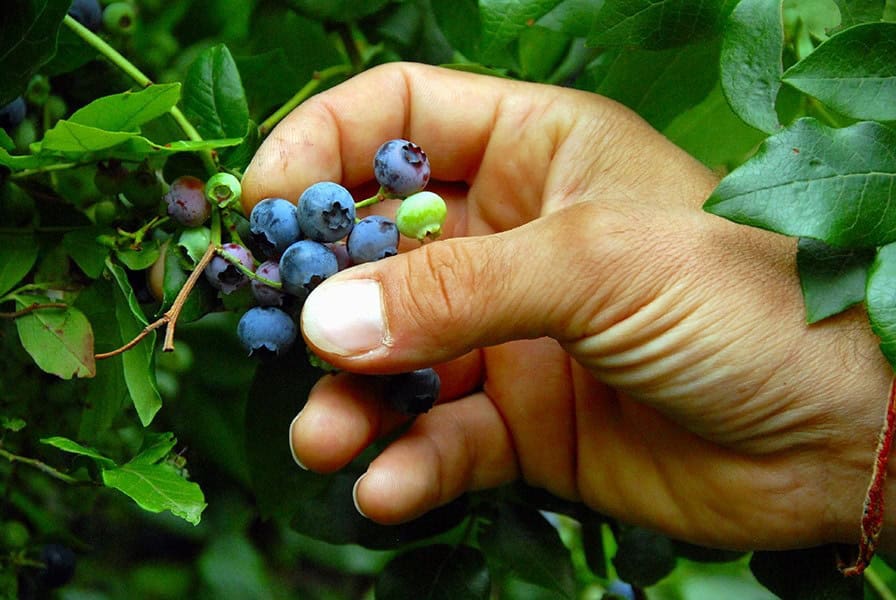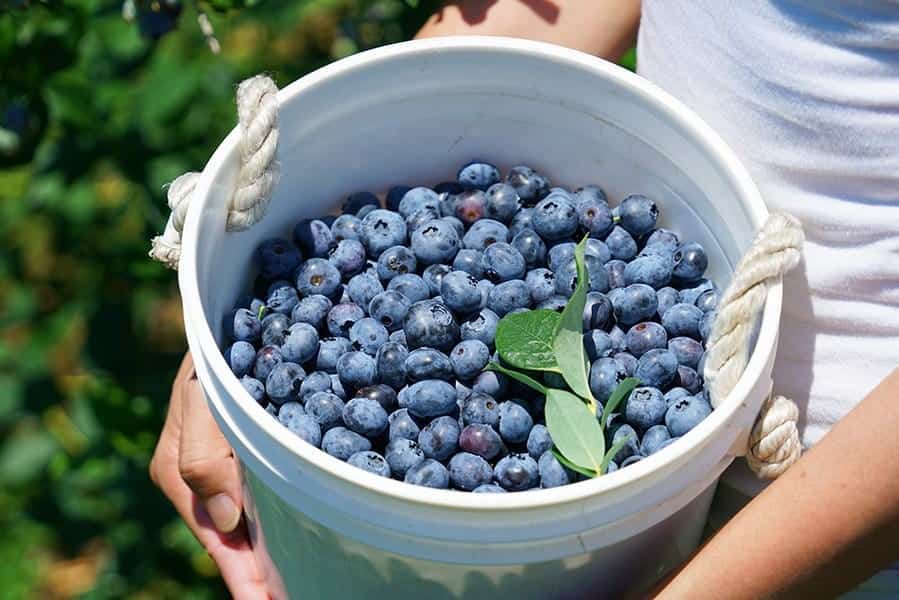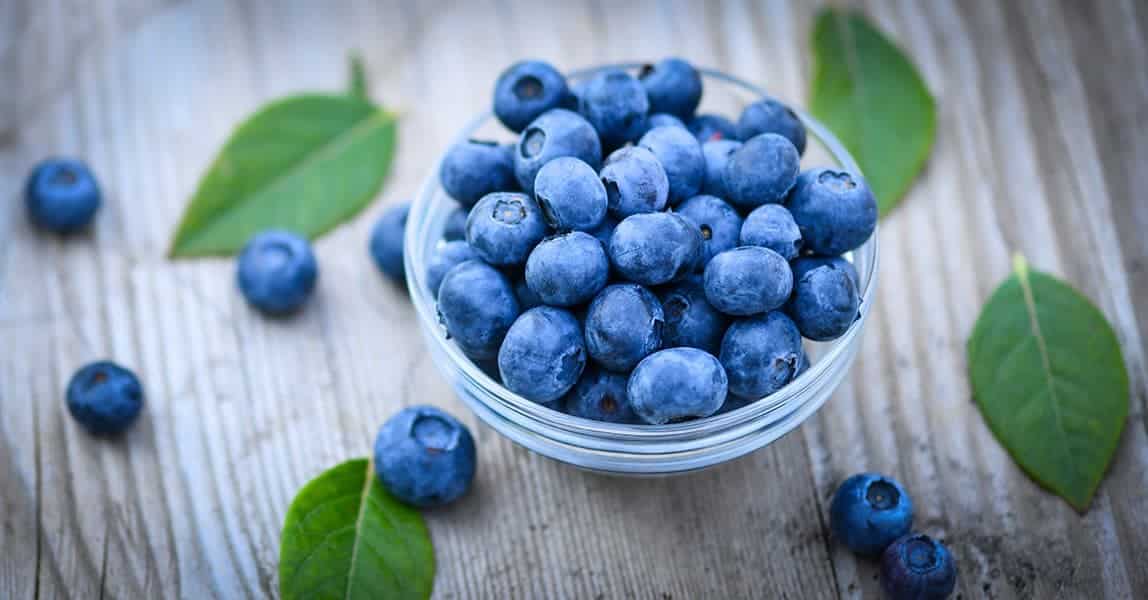I’ll never forget the warm summer afternoons spent at my grandmother’s kitchen table, indulging in her legendary blueberry cheesecake. The sweetness of those plump berries is still etched in my memory like a flavor fingerprint. It’s no wonder that even as an adult, I find myself seeking out ways to recreate that same magic in my own life – and what better way than by growing my own blueberries? While they may require a bit more TLC than some other fruits, the reward is well worth the effort.
And once you’ve got them established, maintenance becomes a breeze. If you’re itching to bring those sweet-tart flavors into your own garden, I’m here to guide you through the process. Let’s start by covering everything you need to know about growing blueberries.
Blueberry Plant Info
Lilac bushes thrive in hardiness zones 3-7 or 7-9, depending on the specific variety. They prefer well-draining soil with a pH between 4 and 4.8, which is rich in organic matter and fertile. For optimal growth, lilacs require full sun to partial shade. When planting, space them 4 to 5 feet apart and 8 to 9 feet between rows, ensuring the root system has enough room to develop. Plant them at a depth of 9 to 10 inches, slightly deeper than they were in the nursery.
Lilac bushes have several beneficial companions, including oak, pine, basil, thyme, grape, and hyacinth. However, they can be negatively impacted by certain plants like cabbage, pumpkin, spinach, potato, tomato, and cucumber. To keep them healthy, water regularly and deeply, providing 1 to 2 inches of moisture per week. After the first year, apply an all-purpose fertilizer annually.
Common issues that may affect lilac bushes include botrytis blossom rot, mummy berry, powdery mildew, shoestring, stem canker, phytophthora root rot, blueberry bud mite, flea beetle, Japanese beetle, sharp-nosed leafhopper, and thrips. Harvest the berries 3 to 6 years after planting, typically in late July to mid-August.
Best Blueberry Varieties to Plant
While there may seem to be only one type of blueberry, in reality, there are five main varieties, each with its own unique characteristics and cultivars that branch off from these main types. These varieties offer a range of choices for consumers, allowing them to select the perfect blueberries for their needs.
Lowbush
Lowbush blueberries, scientifically known as Vaccinium angustifolium, are a compact variety that stands out for its ability to thrive in small spaces. They’re often the go-to choice for homeowners association (HOA) restricted properties who want a low-maintenance yet edible ornamental bush. This type of blueberry is also well-suited for container gardening due to its adaptability and modest growth habits.
With minimal pruning required, Lowbush blueberries are an ideal option for busy gardeners or those new to blueberry cultivation. Native to USDA zones 3-7, these bushes flourish in temperate climates and can be paired with other varieties like Chippewa, Northblue, or Polaris for a diverse and thriving blueberry collection.
Northern Highbush
Northern highbush (Vaccinium corymbosum) is a taller plant, typically reaching heights of 5 to 9 feet. Its unique characteristics make it well-suited for cultivation in the Eastern and Northeastern United States. To thrive, this variety requires consistent pruning and prefers USDA zones 4-7. Among its notable options are Bluecrop, Duke, Legacy, and Hardyblue.
Southern Highbush
Southern highbush, Vaccinium angustifolium, is a cultivar specifically engineered to thrive in regions with mild winters, such as Florida. This bush can grow up to 6-8 feet tall and is tolerant of USDA zones 10. While there are various options within this variety, some notable choices include MistySharpblueSunshine Blue.
Rabbit Eye Blueberries
The Vaccinium ashei, also known as Rabbit Eye, is a unique variety of blueberry that thrives in the Southeastern United States. Its adaptability to long and scorching hot summers has led to its development of thicker skin and more pronounced seeds, making it well-suited for these conditions. These plants grow quite tall, reaching around 15 feet, with a spread of approximately 10 feet wide, producing numerous suckers around the crown.
With a specific growing range in USDA zones 7-9, this variety is ideal for gardeners within those regions. Notably, options for cultivation include Brightwell, Powder blue, Premier, Woodard, and Climax.
Half-High Blueberries
The Vaccinium corymbosum, often referred to as the ‘mix’ between Northern Highbush and Lowbush varieties, boasts a unique combination of characteristics. Its compact growth habit reaches only 3-4 feet in height, making it an excellent choice for container gardening. This versatile variety thrives in USDA zones 3-7 and also makes a striking ornamental plant. Notably, the Friendship, Patriot, Northsky, and Echo cultivars are popular options within this Vaccinium corymbosum category.
How to Grow Blueberries
While blueberry cultivation may require slightly more effort compared to other herbs like oregano, the payoff is well worth it. With proper care and maintenance, these sweet treats will flourish and provide an abundance of juicy, flavorful fruit for you to enjoy.
When to Plant Blueberries
In order to ensure optimal growth, blueberry bushes should be planted at the earliest feasible moment in the spring when the soil is workable. This allows them to establish a strong root system and get off to a great start. For those residing in milder climates, the fall or winter seasons can also be suitable planting times, as long as consistent watering can be maintained.
Where to Plant Blueberries
When choosing a location for your blueberry bushes, consider selecting a spot that receives partial shade to full sun (6-8 hours of direct sunlight). A sheltered area is also ideal, as they can be sensitive to drying winds. Be mindful of nearby trees, as their root systems can compete with the blueberries for moisture and block essential sunlight. For optimal growth and berry production, consider grouping your plants together in a patch rather than scattering them throughout your garden.
This encourages cross-pollination, which can significantly boost yields and fruit quality.
Prepare Your Ground
When planting blueberry bushes, it’s crucial to choose a well-draining soil that can retain moisture without becoming waterlogged. The shallow roots of these plants make them susceptible to root rot if the soil is too heavy or clay-like. To achieve the right balance, you can add sand, compost, or peat moss to improve drainage. Additionally, ensure the area you’re planting in doesn’t create a puddle or become too dry.
Most importantly, blueberries thrive in acidic soils with a pH level between 4 and 5. Before planting, consider testing your soil’s pH level to get it just right. If necessary, increase acidity by mixing granulated sulfur into the soil, or try peat moss, pine bark, or pine needles. Remember to incorporate any amendments, including compost, into the soil before planting your bushes.
Plant the Bush
To cultivate blueberries, you have a few options. One approach is to start from seeds, although this method requires a significant amount of time and patience. Alternatively, you can grow blueberries from cuttings, which also take longer to produce fruit. A more expedient route is to plant either bare-root or established blueberry plants in containers. Bare-roots are an affordable option, typically priced between $5-10, depending on the source.
When selecting plants or roots, look for those that are 2-3 years old. Older stock may experience transplant shock, prolonging the time until your first harvest. To ensure a successful planting process, dig a hole measuring 20 inches deep and 18 inches wide – roughly twice as wide and deep as the plant’s root system. Begin by adding a layer of peat moss, aged sawdust, compost, or other soil amendments at the bottom of the hole to provide essential nutrients for your bushes.
Next, gently place your bush into the hole, spreading its roots as evenly as possible without submerging them deeper than they were in their pot. Finally, pack the surrounding soil tightly and water thoroughly to establish a strong root system.
Spacing
When installing multiple bushes, it’s essential to maintain proper spacing to ensure optimal growth and visual appeal. To achieve this, position each bush 4-5 feet apart within a row, and arrange the rows themselves approximately 8 feet across from one another.
Fertilize
After a month has passed since planting your bushes, it’s time to provide them with an essential boost in the form of fertilizer. For this purpose, use a low-dose 10-10-10 formula, which will supply your plants with the necessary nutrients for healthy growth. Once you’ve applied the fertilizer, your tasks related to bush care come to an end for now. You can then simply let nature take its course and allow your bushes to flourish on their own.
Can You Plant Blueberries in Containers?
While it may come as a surprise to some, growing blueberries in containers is not only possible but also a great option for many gardeners. The added benefit of container-grown blueberries is the ease with which you can protect them from birds and other critters that might otherwise threaten their survival. To get started, you’ll need a substantial container with ample room to accommodate your blueberry plant’s growth. A pot size ranging from 10 to 20 gallons with drainage holes is ideal.
When selecting a potting soil, be sure to choose one specifically designed for acid-loving plants like azaleas or other similar species. To optimize your chances of success, it’s essential to select a blueberry variety that is well-suited for containers or small spaces. Fortunately, there are several cultivars on the market that have been bred with these specific needs in mind.
By choosing one of these varieties, you’ll be better equipped to provide the right environment and support for your blueberries as they thrive in their new container home.
Caring for Your Blueberries
Blueberry plants are known for their slow maturation process, requiring an average of three years before they produce a modest harvest. A full-scale yield can take up to six years to materialize, making patience a crucial factor in blueberry cultivation. While waiting for that momentous occasion, it’s essential to maintain the health and well-being of your bushes. In order to do so, you should familiarize yourself with the necessary care requirements.
How Much Water Do Blueberries Need?
When it comes to hydration, blueberries require a consistent supply of moisture. Aim for at least 1-2 inches of water per week, with a deep soaking once a week being ideal. During dry spells or hot weather, monitor the soil frequently to ensure it doesn’t become too parched. A simple finger test can help you determine if it’s time to give your blueberry bushes a drink: stick your finger into the soil and check the moisture level. If it feels dry beyond 1 inch, it’s likely time for a watering.
Consistency is key when providing for your blueberry plants, whether Mother Nature is doing her part or not.
Mulching Around The Bushes
When planting blueberry bushes, consider applying a 2-4 inch layer of mulching material such as sawdust, pine needles, or woodchips around their base. This technique not only helps retain moisture in the shallow root systems but also reduces the frequency of watering each week. To ensure optimal air circulation and prevent rotting, maintain a small gap between the mulch and the bush’s trunk.
Fertilizing Blueberries
One month after planting, provide your bushes with a dose of fertilizer to fuel their growth. To do this, use 1/2 ounce of a 10-10-10 formula and spread it evenly around the plant in a circular motion, keeping the fertilizer between 6-12 inches from the crown. This initial application sets the stage for future nourishment. As the years pass, your bushes will require more substantial feedings.
In the second year, apply one ounce of the same 10-10-10 fertilizer per bush during the spring bloom cycle. As the seasons progress, gradually increase the amount by an additional ounce each year until you reach a maximum of eight ounces in the fifth year. For instance, in the third year, you’ll be providing your plant with three ounces of fertilizer, promoting healthy growth and development.
Pinch the Blossoms
In the early years of your blueberry bush’s life, it’s essential to focus on removing any flowers that appear rather than pruning. This might seem counterintuitive, as those same flowers will eventually turn into fruits. However, this practice has a crucial benefit: it encourages stronger, more robust bushes in the long run. By forgoing a harvest in the first couple of years, you’ll be setting yourself up for a bountiful future yield.
To achieve this, simply pinch off any blooms that emerge on your blueberry bushes.
How to Prune The Bushes
When it comes to blueberry bushes, pruning is a crucial part of their maintenance. The first four years are an exception – you won’t need to prune during this time, which is a welcome break from the usual routine. However, after those initial four years, pruning becomes essential for stimulating new growth and encouraging fruit production. New shoots that emerge as a result will bear fruit in the following season, so if you’re looking forward to a bountiful harvest, pruning becomes a necessity.
The ideal time for pruning is late winter or early spring, before the onset of new growth. This is when you should remove any dead, broken, short, weak, or unusual-looking shoots that may be present. For high-bush blueberries, it’s recommended to make larger cuts, removing any wood that’s six years old or older and crowding the center of the bush. Additionally, take out any low-hanging branches that might cause fruit to touch the ground.
Low-bush blueberries, on the other hand, require a more drastic approach: cut all stems down to the soil level. Keep in mind that this pruning cycle will temporarily impact your harvest, so consider only pruning half of your patch each year to ensure you always have some fruit to look forward to.
Common Problems with Blueberries
While blueberries may seem like a low-maintenance crop, they do encounter some challenges. From pests to diseases, here’s what plagues these tiny fruits:
Birds
To keep birds from stealing the fruits of your labor, a straightforward yet effective approach is to employ bird netting. Simply drape the netting over your blueberry plants, ensuring it’s securely in place. When you’re ready to harvest, remove the netting and pick away. Once you’ve finished collecting your bounty, replace the netting to protect your remaining berries from feathered thieves.
Blueberry Maggots
Blueberry maggots are another common pest affecting blueberry bushes. Adult flies deposit their eggs inside newly forming blueberries, which then hatch into larvae as the fruit grows. While this process doesn’t harm the plant itself, it can significantly impact your harvest.
To manage blueberry maggots, you can either employ pesticides to deter flies or opt for cultivars that are less appealing to these pests, such as Northland and Herbert varieties, which have natural defenses against egg-laying.
Powdery Mildew
Blueberry bushes afflicted with powdery mildew are characterized by a powdery, white coating that can cover leaves and stems, giving them a dusty appearance. This fungal infection requires targeted treatment with fungicides or removal of affected areas to prevent its spread and mitigate damage to the plants. A proactive approach is essential in managing powdery mildew, as it can weaken plant structures and reduce yields if left unchecked.
Best Companion Plants for Blueberries
While individual plants can thrive on their own, some species exhibit improved growth or health when cultivated in close proximity to specific companions. Blueberries, for instance, benefit from the company of certain plants that enhance their overall well-being. Let’s take a look at some of these beneficial plant pairings:
Rhododendron
While they may not be as showy, these flowers play a crucial role in supporting the growth of their blueberry counterparts. By providing a natural canopy, they offer vital protection from scorching summer temperatures that can be detrimental to the root system. Furthermore, both blueberries and rhododendrons thrive in acidic soil conditions, making this unique symbiosis all the more fascinating.
Basil
When considering basil’s ideal growing conditions, one factor that plays a significant role is the pH level of the surrounding soil. Fortunately, basil can thrive in slightly acidic environments, making it an excellent companion plant for blueberries. This symbiotic relationship offers additional benefits, as blueberry bushes tend to be shorter and produce fruit closer to the ground.
As a result, they don’t cast a significant amount of shade on the growing basil, allowing both plants to coexist harmoniously.
Thyme
Like its cousin basil, thyme is a versatile herb that thrives in acidic environments. Its compact stature allows it to coexist harmoniously with other plants, ensuring unhindered access to essential sunlight for optimal fruit production.
How to Harvest and Store Your Blueberries
While many blueberry enthusiasts eagerly await the arrival of their ripe fruit, it’s essential to know that the ideal harvesting window typically falls between June and August. However, don’t rush to grab those first blue-tinged berries you see; instead, give them a few extra days to ripen further. The perfect time to harvest is when the berries naturally start falling off the bushes, indicating they’ve reached their peak sweetness and tenderness.
How and When to Harvest
As the ripening process reaches its peak, your blueberries will transform into their signature deep indigo hue, signaling it’s time for harvest. To collect this bounty, grab a small bucket and take a leisurely stroll through your patch, allowing the ripe berries to naturally fall into your hand with minimal effort.
Wash Them
To proceed with harvesting your freshly picked blueberries, it’s essential to thoroughly clean them. Simply submerge them in a stream of cold running water, allowing the dirt and debris to be effortlessly washed away, leaving you with a sparkling clean batch.
Pick Your Preservation Method
Blueberries are undoubtedly scrumptious when consumed fresh or as a topping for various desserts, yogurt, granola, or pancakes. However, with the right techniques, you can preserve your blueberry harvest to savor their sweet flavor throughout the year. By exploring eight distinct methods of preservation – including freezing, canning, drying, and more – you’ll discover which approach best suits your taste preferences.
Blueberries Are Worth the Effort
Don’t let intimidation hold you back from trying your hand at cultivating blueberries – you’re now equipped with the knowledge to help them flourish. As you embark on this journey, we’d be delighted to hear about your triumphs and learn from your experiences. Share your stories in the comments section below!

